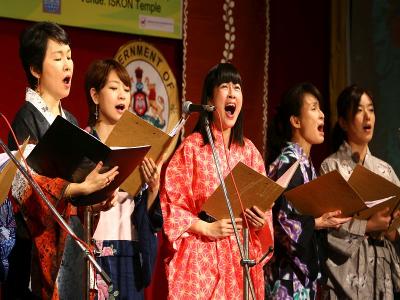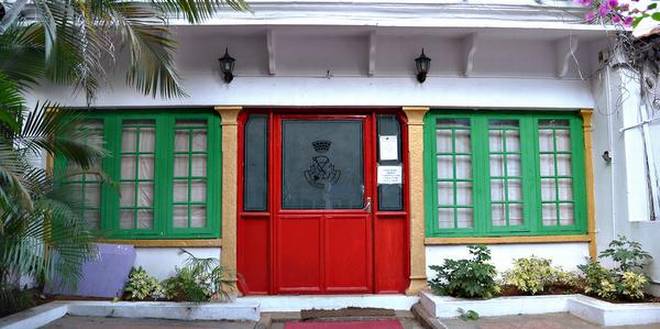
Buys truck to increase volume with door-to-door collection to make up for decrease in price of plastic & paper waste
She was a 10 years old when she started following her grandmother as she picked up waste from the city’s streets. Thirty years later, Annamma has established herself as an entrepreneur. She has become the first waste picker in the city to buy a truck for door-to-door collection of dry waste, and is already looking to purchase a second vehicle in the near future.
For somebody who was picking waste from the streets as late as 2013, Annamma’s rise is nothing less than phenomenal. “When the civic body wanted waste pickers to start manning dry waste collection centres (DWCC), I was not confident about taking up the task. I lived in a hut with no electricity and had saved ₹50,000 to build a house. But I invested the money and started a DWCC. This centre has grown into a business today,” she says, beaming with pride.
She has been running the DWCC for ward 101, Kamakshipalya for four years now. She now deals with nearly two tonnes of dry waste every day.
She was able to avail a loan to build a three-bedroom house in Ullal Upanagar, where her hut once stood. “My daughters used to read sitting under a street light or read all night on the new moon day, as there was no electricity. Today, they have a study room,” says Annamma.
Recently, the Bruhat Bangalore Mahanagara Palike (BBMP) gave the responsibility of door-step collection of dry waste twice a week to DWCCs, mostly run by former waste pickers in their respective wards. This entails expansion of DWCC operations and capital investment on vehicles and personnel.
Annamma, who is one of the more successful entrepreneurs in the sector, acted decisively and purchased a truck to start door-step collection of waste. “I don’t know how to read or write. But I am good at math because of the business I run. These are tough times as the prices of plastic and paper waste have fallen. The only way to survive is to increase the volume, which is what I expect will happen with door-step collection,” Annamma explained her strategy.
High price to pay
Nalini Shekhar of the NGO Hasirudala, who has been working with Annamma for the past four years, said that it is a challenge for people like her to become entrepreneurs, as the waste sector is not considered an industry by banks.
“The rate of interest on the loan availed by Annamma is 18%. We are looking for some other institution that will charge a lower rate of interest,” she said.
Annamma is worried about the cost of expansion and the need to hire more people. “We need six men to run the show. But we have employed only four with my husband and me doing the jobs of the other two to reduce costs,” she said.
source: http://www.thehindu.com / The Hindu / Home> News> Cities> Bengaluru / by K.V. Aditya Bharadwaj / February 27th, 2017








